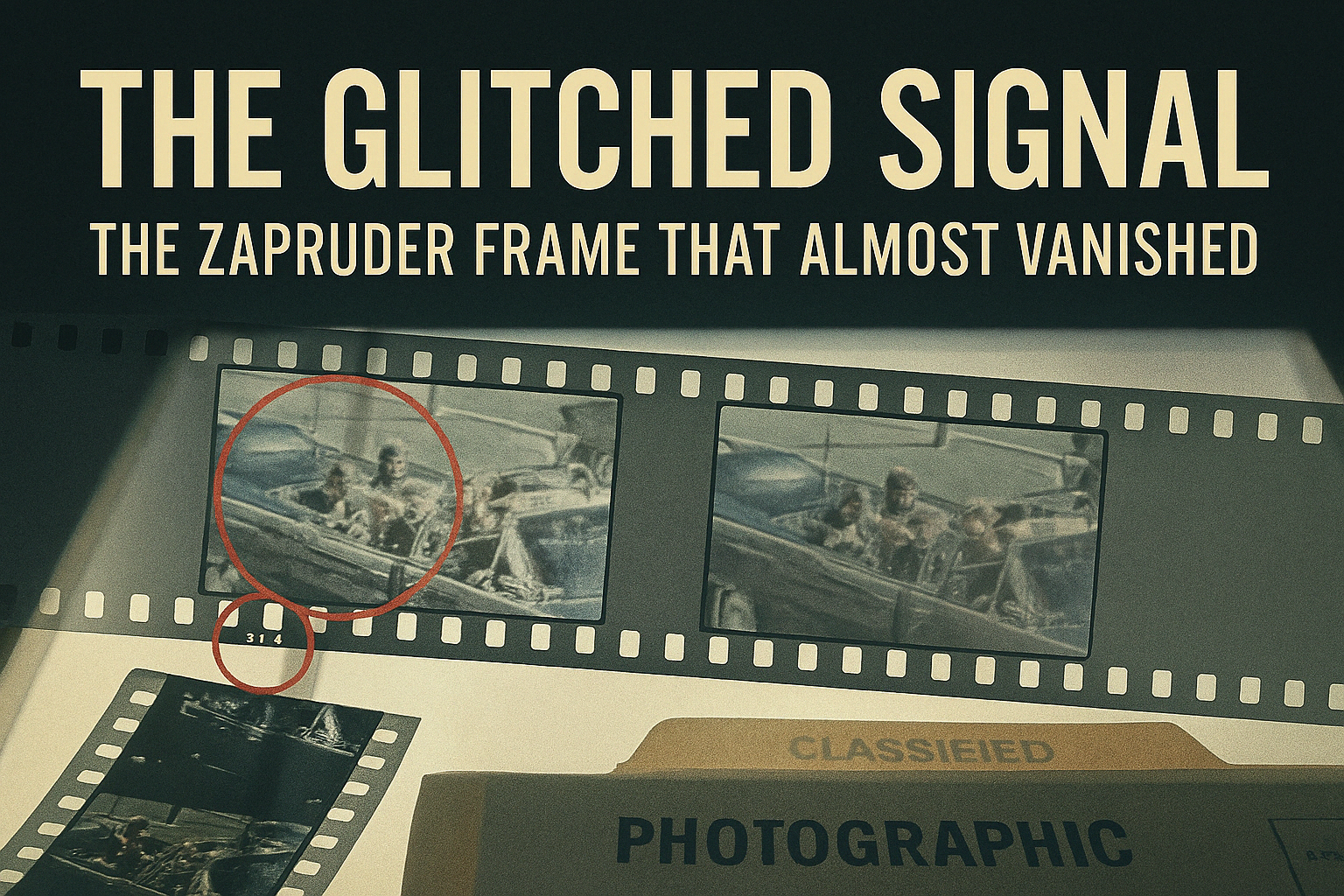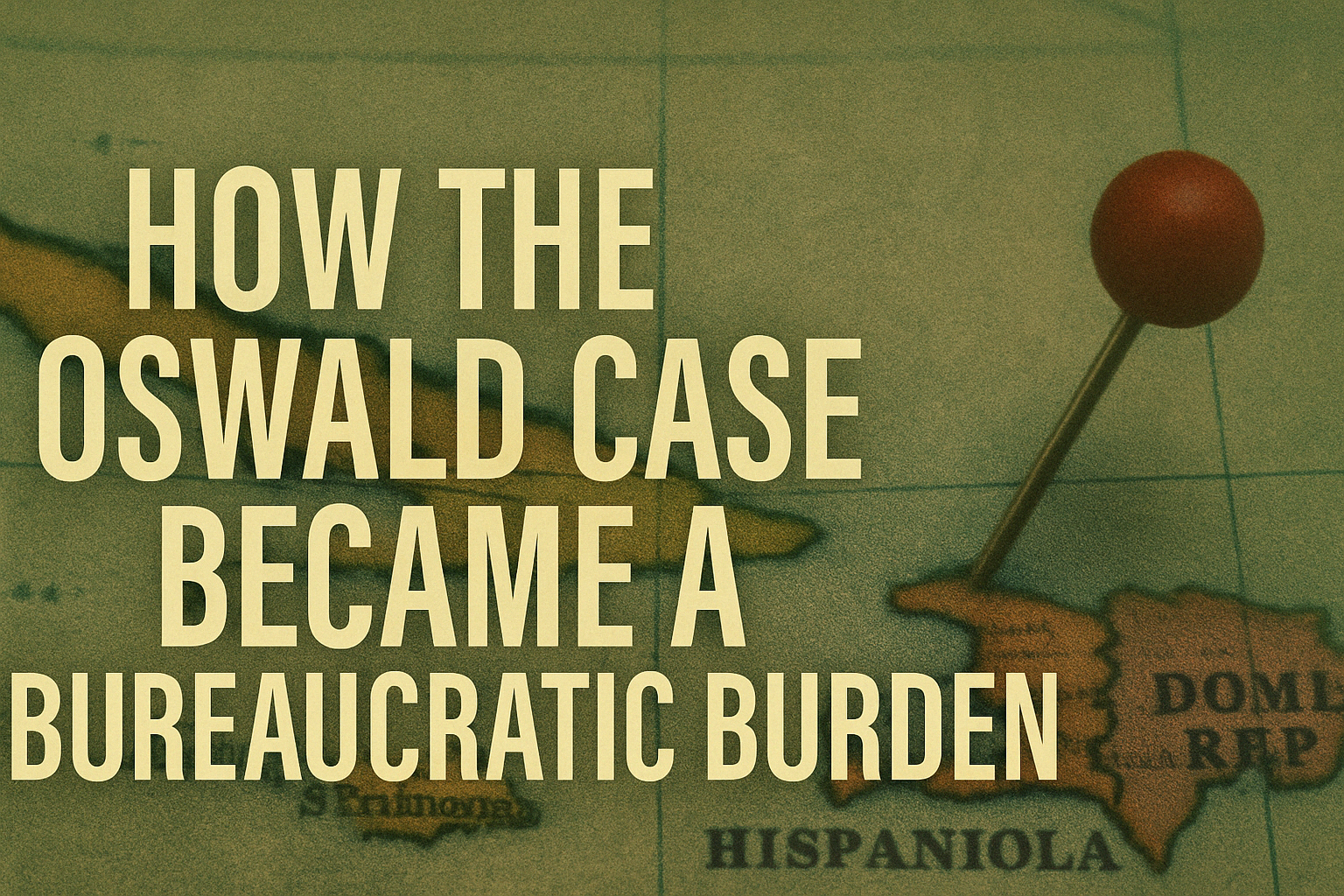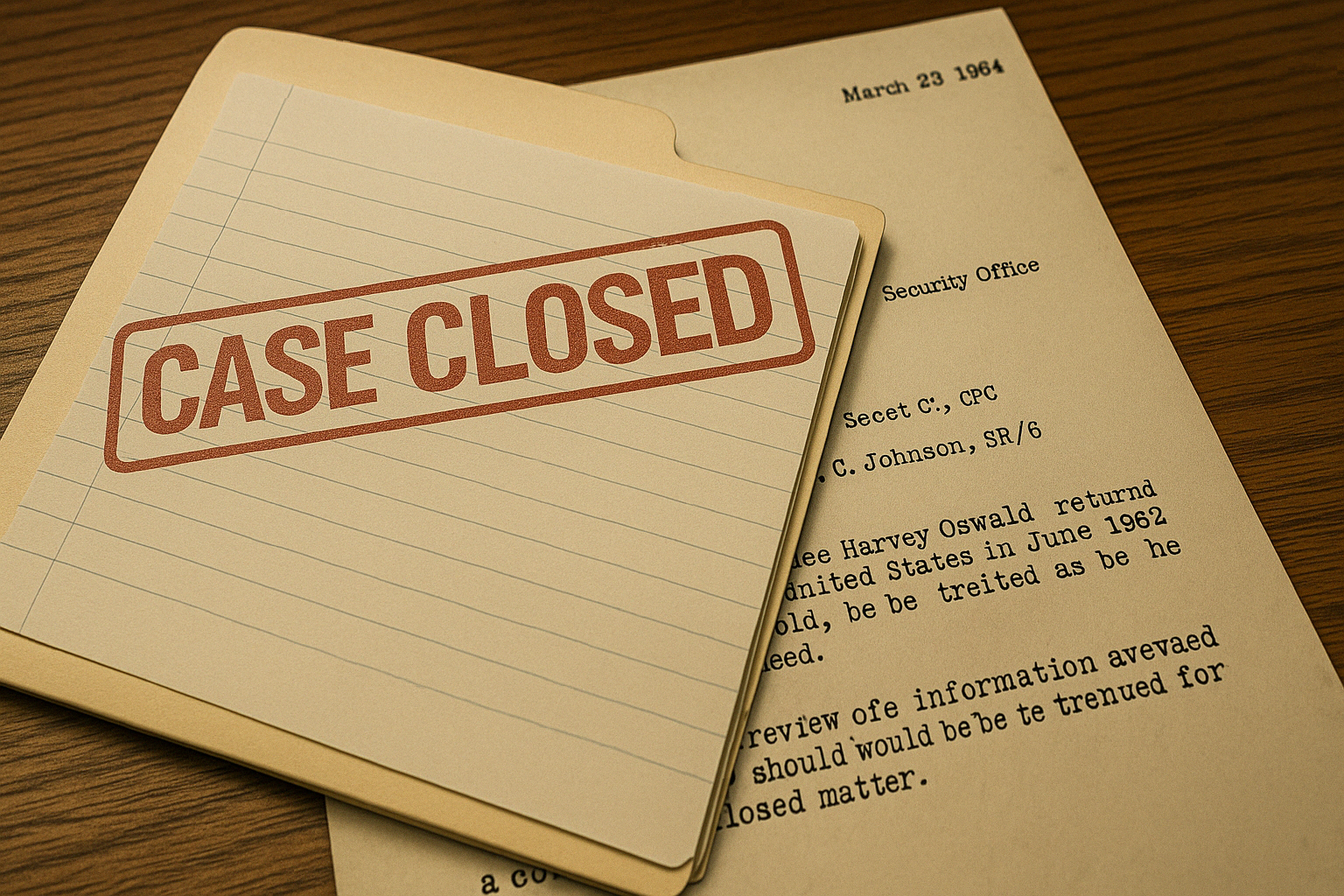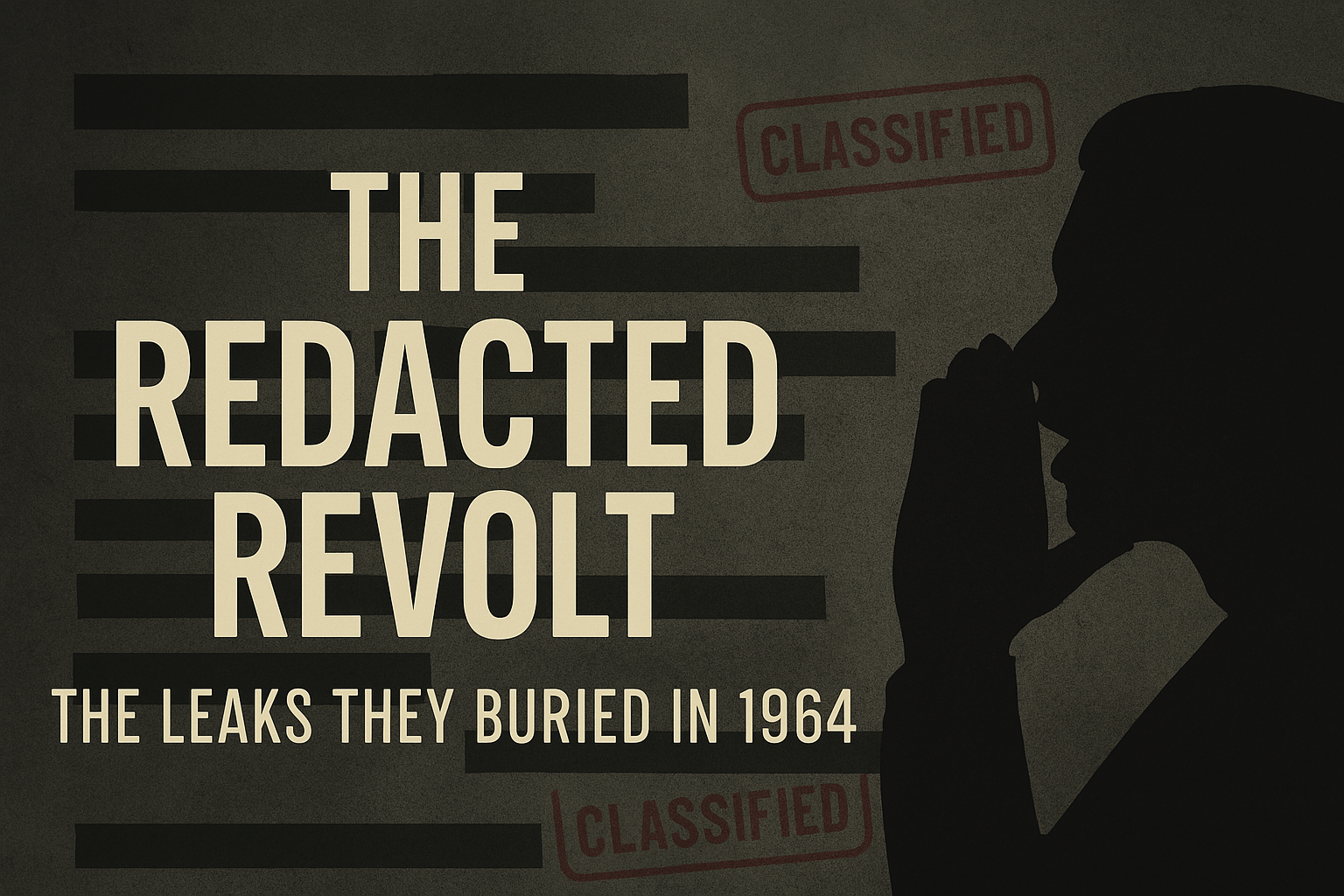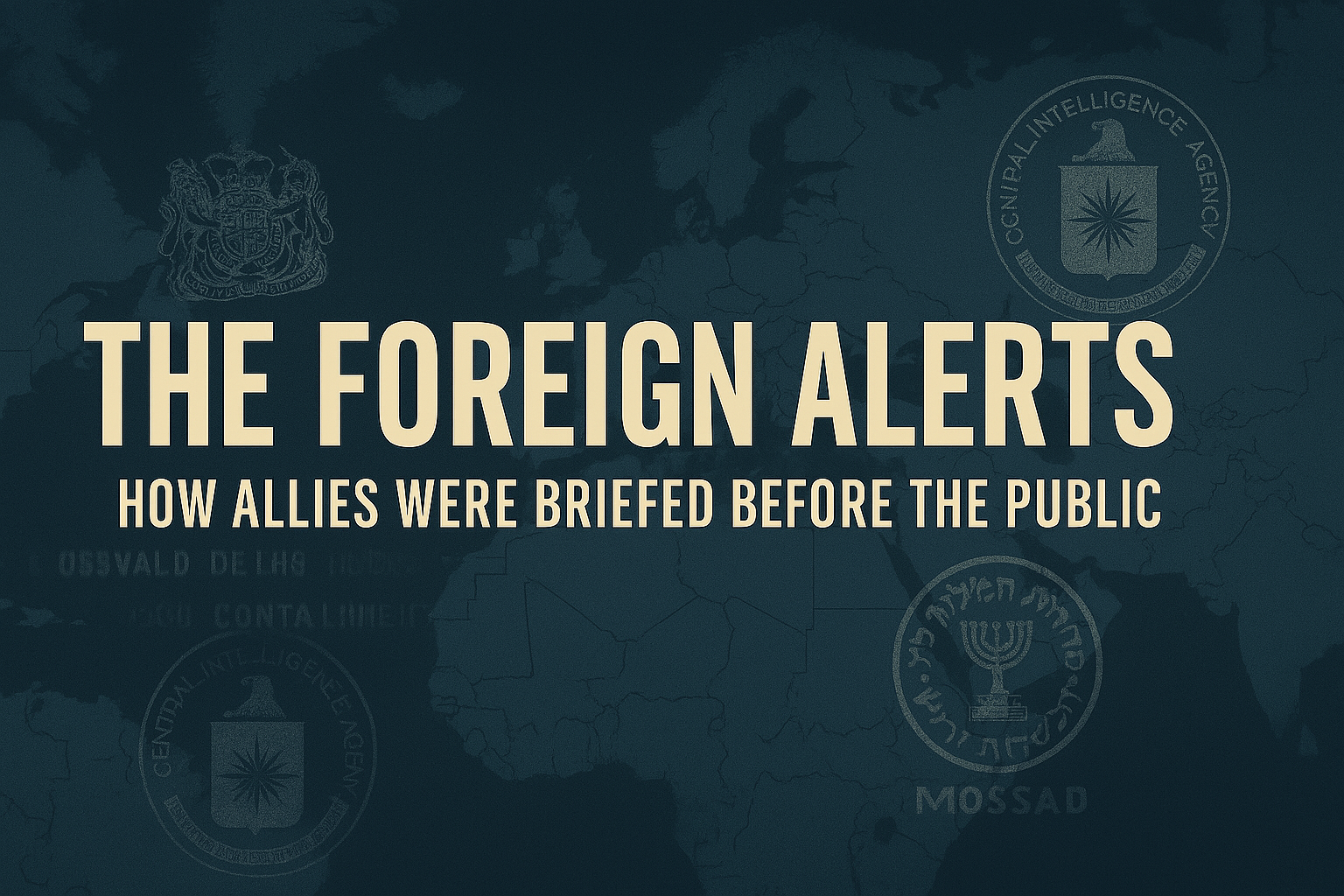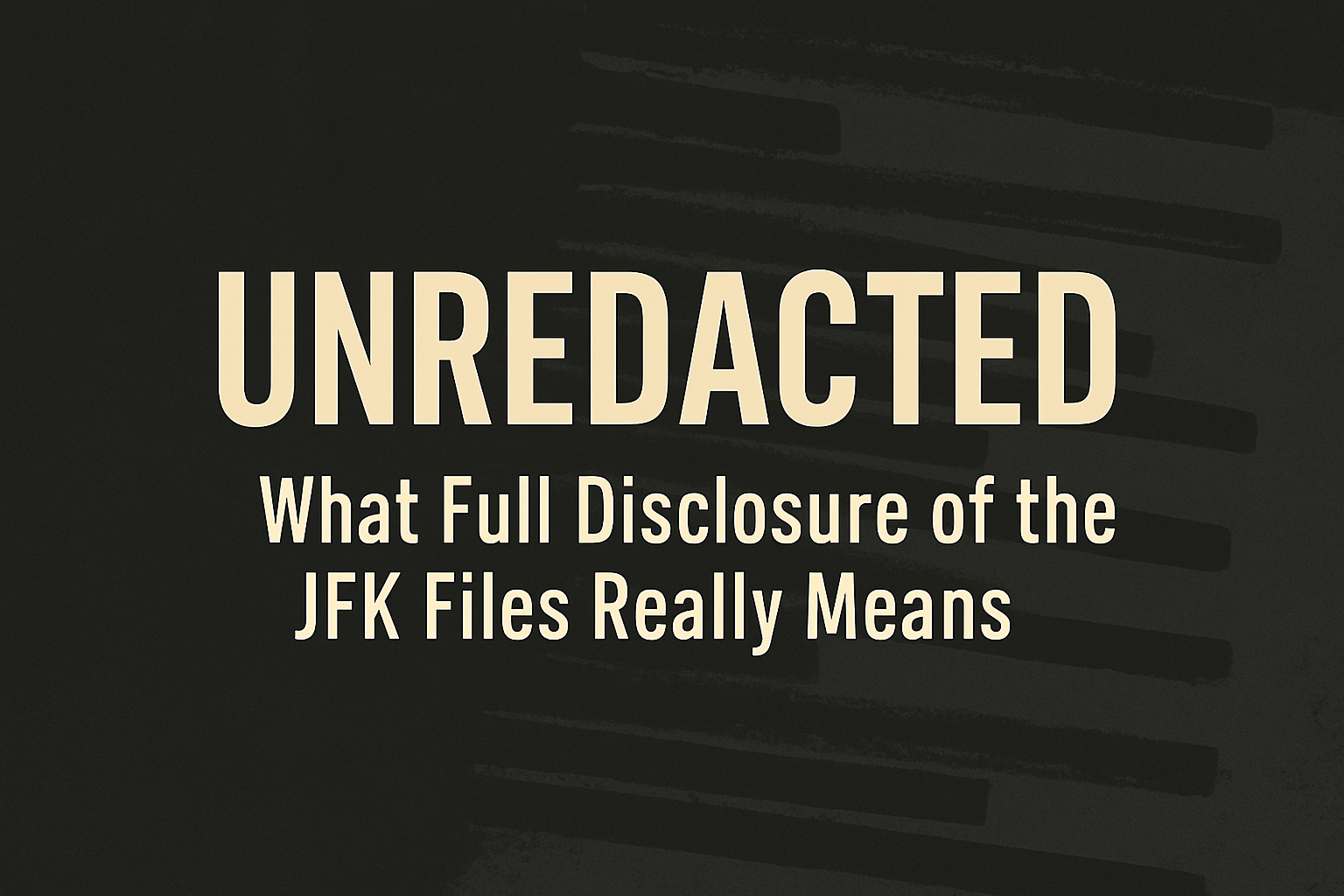Buried in the 2025 release is a forgotten memo from the CIA’s Office of Technical Services. The topic? A reel of film labeled “Z-314, glitch variant.”
The document suggests the Zapruder film - the most iconic visual record of JFK’s assassination - may have been duplicated, altered, or corrupted.
🎞️ A Frame That Was Flagged
One document, dated February 1964, is a request from CIA personnel asking for “further photogrammetric analysis of Frame Z-314.” The reason?
“Inconsistency in trajectory alignment during rearward motion.”
Translation: the back-and-to-the-left motion didn’t line up with the presumed bullet path. Frame 314 - milliseconds before the headshot in Frame 313 - shows a visual distortion not explained by camera shake or damage.
That frame was pulled for review. And a version labeled “Z-314 (reissue)” was archived separately.
🧪 Duplication or Disruption?
The memo notes that the original was sent to Kodak’s Rochester facility for lab analysis, supervised by a technical contact listed only as “R. Bishop.”
There’s no return receipt. No record of its return to the National Archives.
Instead, a second memo from 1965 lists a film version “used for exhibit purposes” that skips Frame 314 entirely - going from 313 to 315.
That version appeared in a private screening to Warren Commission members.
🕵️ Who Saw the Full Film?
In 1975, a technician at the National Archives submitted a discrepancy report noting that two different versions of the Zapruder film were stored on-site.
His request for clarification was marked:
“Handled. Do not resubmit.”
That same year, the film was shown in public for the first time on national television.
The version aired? It included Frame 314 - but a visibly different one than earlier photo enlargements shown to the HSCA.
🎯 Why It Matters
The 2025 files don’t claim the film was faked.
But they do confirm something much colder:
“The visual record of the assassination underwent unmonitored duplication, with minimal accountability.”
In a case built on frames per second, Frame 314 may have been the most inconvenient second in American history.
